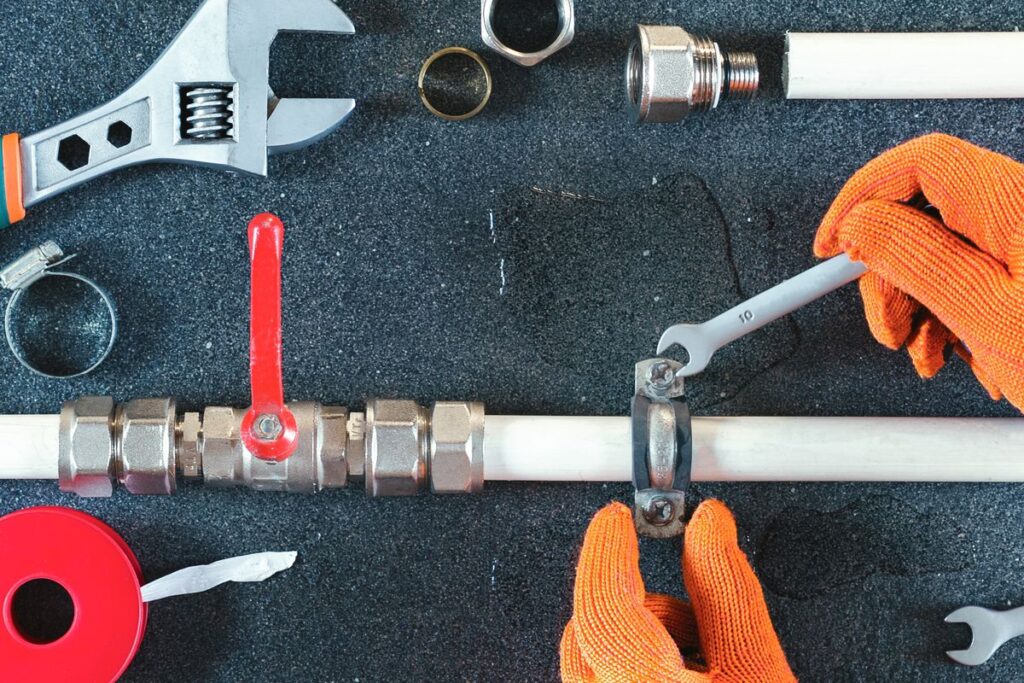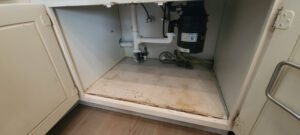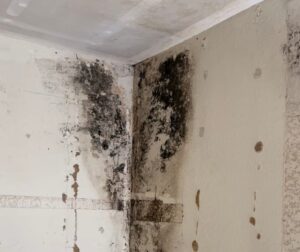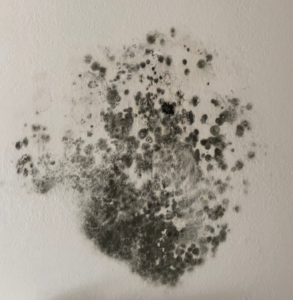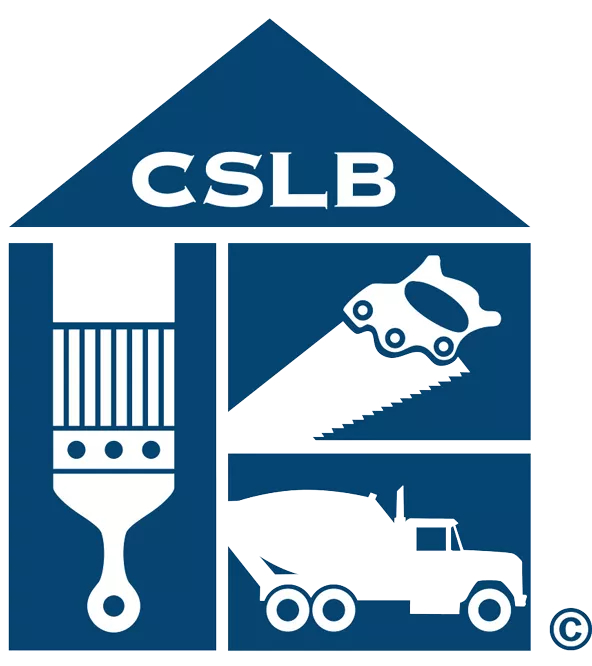Household water leaks can be a costly and damaging problem. Luckily, you can avoid them by being mindful of the objects in your home that might cause them! Take a look at this list to get started:
1) Toilet tank lid
2) Water faucet handles
3) Dishwasher hoses
4) Sink spouts
5) Clothes washer hoses
6) Showerheads or showerhead fittings
7) Broken Seals
8) Damaged Pipe Joints
9) Clogged Lines
10) Loose Water Connectors
Toilet Tank Lid
A toilet tank lid is a common culprit for leaks. The problem can be resolved by simply replacing the old, worn-out gasket with a new one! If you’re unsure about which parts are leaking or need to replace your water connector, it may be time to call in an expert plumber and avoid costly repairs down the line!
Water Faucet Handles
Another culprit of household water leaks are the handles. The most common type is found on kitchen faucets and is called a compression style handle—the kind that has two lugs at its base to fit over screws in each side of the valve or spout, compressing them with pressure from small springs inside.
When this type of handle wears out, the springs lose their tension, and leaky water sprays from one or both of those lugs. The fix for this problem is to just replace it with a new one!
Dishwater Hoses
A typical dishwater hose is made from rubber and attaches to the kitchen sink spout. Older models are typically a plastic, braided design; newer versions utilize metal coils that can expand or contract with temperature changes in your home’s water supply.
Leaks may occur if there was an obstruction (such as a clog) on one end of the hose. Sometimes, the end that attaches to your sink spout may break or become too loose and leak from there as well; in this case, it’s best just to replace it with a new one!
Sink Spouts
This is one of the most common sources for leaks! Sink spouts are typically made from metal and attach to your water supply. They carry all that water up into your sink faucet, then back down again before it goes on its way out through a pipe leading away from your home.
The fix? A new washer or a new spout.
Clothes Washer Hoses
Your clothes washer is a major water user in your home, and the hoses it’s connected to can leak quite often. If you have rubber or vinyl hoses that are more than 20 years old, they may need to be replaced.
For new installations of copper tubing, most plumbing codes require braided style connectors; these work well and are easy to install.
The fix? Replace it with a new braided connector or copper line, if applicable.
Shower Heads or Showerhead Fittings
If your showerhead is more than five years old, the head may be clogged and require a deep cleaning to fix it.
The fix? Replace with a new one or clean as needed.
Showerheads can wear out over time and need to be replaced annually, while fittings should be cleaned every two years at a minimum.
To solve water-leak problems in the shower, remove your head from its mounting bracket and check for leaks in the rubber washer where it attaches to the pipe.
If there are no leaks, replace them with a new one or clean them as needed. Water-saving showerheads can also be inexpensive and easy to install in almost any type of fixture.
A broken seal on a toilet, sink, or shower can lead to leaks.
If you find that your toilet has a leak where the tank is attached to the bowl (i.e., not at the base of the valve), clean and reseal it with plumber’s putty available in hardware stores or online plumbing supply sites. If there’s a leak at the base of your valve, remove it and replace it.
If you find that water is coming from under or around the sink’s drain assembly (i.e., not at the pipe connections), tighten both screws on each side to seal any gaps in between. If water is leaking near where the faucet attaches to your sink, tighten any loose connections.
If the water is leaking at a pipe connection, replace it with an updated version that has rubber gaskets to prevent leaks.
Damaged Pipe Joints
If your pipes are exposed, they may be vulnerable to damage from things like soil freeze-thaw cycles or water main breaks. If you’re not sure whether the leak is coming from a pipe joint, turn off all of the water sources in your home and wait 15 minutes. The leaking should stop if it’s coming from a damaged pipe joint.
If you already know that the leak is coming from a pipe joint, turn off your water to protect any other pipes and call a professional plumber. If you’re not sure what type of plumbers are available in your area, look for licensed plumbing contractors on sites like Angie’s List or HomeAdvisor.
Clogged Lines
If your pipes are clogged, the water pressure builds up in front of the blockage and this can cause leaks. To prevent leaky pipe joints, make sure to clear away any leaves or debris from around your house’s pipes so they get plenty of air flow.
Loose Water Connectors
Loose water connectors can also cause a leak as pressure builds up in the front of the connection due to buildup on either side. To make sure your connections are tight, turn off all nearby faucets and check each connector for leaks with a soapy solution. If there’s not enough soap residue around the joint, tighten the connector.
If you have a leak in your pipes due to loose connectors or other causes, call a licensed plumber as soon as possible for assistance with repairs and prevention of future leaks.

